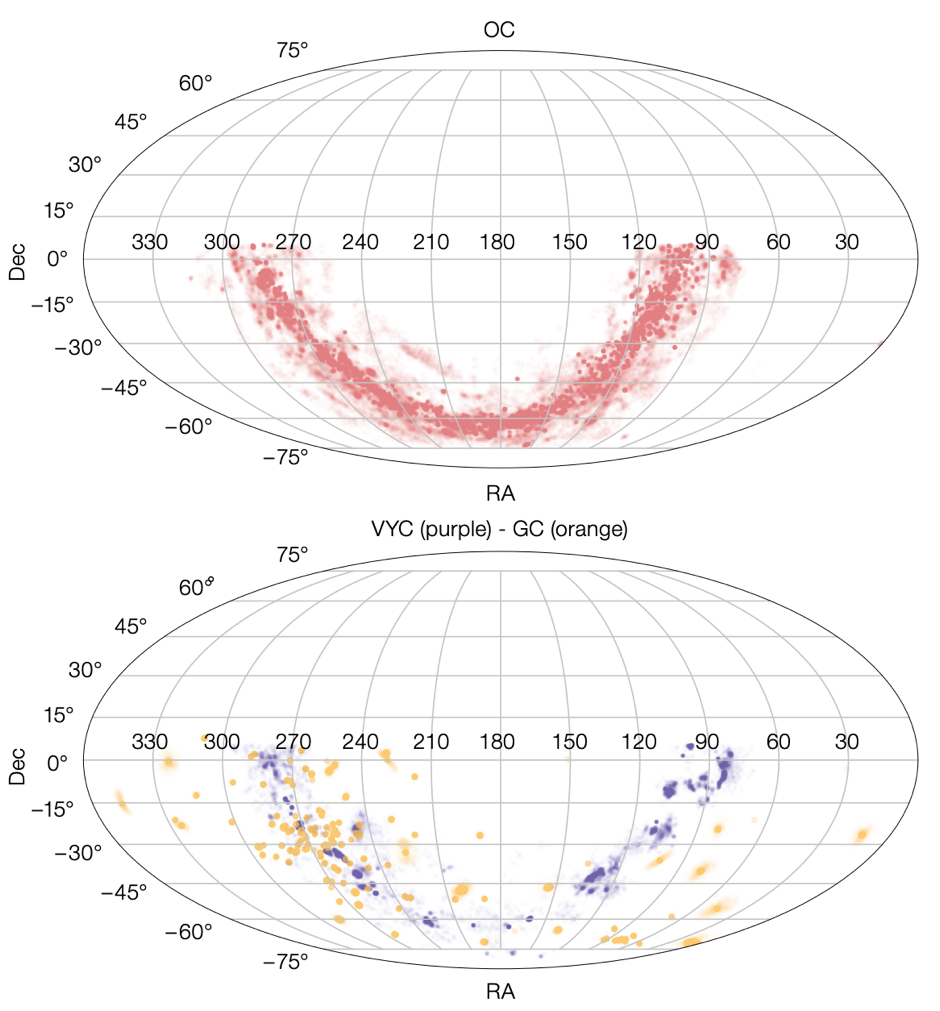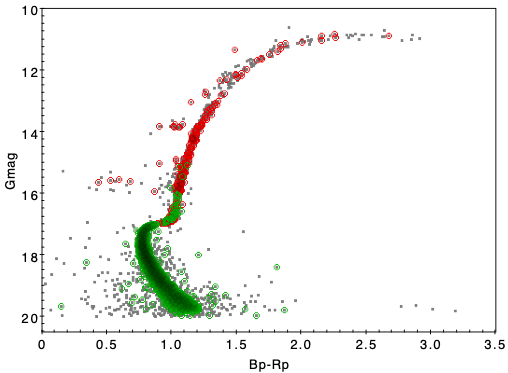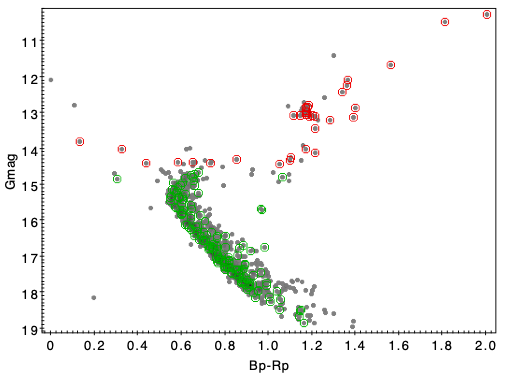Stellar Clusters and RR Lyrae in 4MOST ![]()
The 4-metre Multi-Object Spectroscopic Telescope (4MOST), is a new high-multiplex, wide-field spectroscopic survey facility under development for the four-metre-class Visible and Infrared Survey Telescope for Astronomy (VISTA) at Paranal. Its key specifications are: a large field of view (FoV) of 4.2 square degrees and a high multiplex capability, with 1624 fibres feeding two low-resolution spectrographs (R = λ/Δλ 6500), and 812 fibres transferring light to the high-resolution spectrograph (R 20 000). 4MOST will operate in survey mode for 5 years. Ten Consortium Surveys have been defined, covering both Galactic and extra-galactic science and employing 70% of the time. The remaining 30% of the time has been assigned by ESO to proposed Community Surveys, which were selected after a competitive review.
One of the selected Community Survey is “Stellar Clusters in 4MOST” (PIs: A. Bragaglia, S. Lucatello, A. Vallenari) with more than 60 participants worldwide.
The 4MOST Stellar Clusters Survey (S13) will target essentially all the Galactic globular and open clusters and star forming regions accessible to 4MOST (about 120 globular clusters, 1800 open clusters and 80 star forming regions).
Main goals:
- shed light on how clusters form, evolve, dissolve, and populate the Milky Way;
- calibrate complex physics that affects stellar evolution, on which our ability to measure accurate ages ultimately stands;
- evaluate the contribution of star clusters to the formation and evolution of the individual Galactic components with unparalleled statistics
High legacy value:
- fill metallicity/age distribution: [Fe/H] = −2.5 of GCs to super-solar OCs, a few Myr to 13.5 Gyr
- can follow clusters from center to ourskirts, halo, tidal tails (at least in part of them)
- 2000+ clusters studied both with LR and HR
- coordinate with Consortium & Participating surveys
- complement with Gaia-ESO at center & full synergy with WEAVE (similar FoV, North)

Figure 1 – Spatial distribution of targets in GCs and OCs
Within the main stellar survey (S1 – Halo Low Resolution) we are deeply involved in the 4Grounds sub-survey, aimed at obtaining the line-of-sight velocity of the largest possible number of RR Lyrae stars included in the Gaia catalogue. The main goal of the project is to extend the realm of Galactic Archeology to large distances (up to ⪞ 100 kpc) and very faint relics (a phase space clump of even 2-4 RR Ly may be tracing a real substructure).

For a general description of 4MOST (instrument, observing strategies, Consortium Surveys – S1 to S10), see the suite of ‘The Messenger’ papers on the issue #175in 2019 (here the link).
For a description of S13 ‘Stellar Clusters in 4MOST’, see the paper on ‘The Messenger’ #190: Lucatello, Bragaglia, Vallenari et al. 2023
Participants at OAS: A. Bragaglia (co-PI), M. Bellazzini, R. Carrera, E. Carretta, E. Dalessandro, D. Massari (and A. Sollima)
Participants at DIFA UniBO: F. Ferraro, B. Lanzoni, A. Miglio, A. Mucciarelli, C. Pallanca


Figure 2 – Example of number and kind of stars observed in one GC (47Tuc, with about 330 stars done in HR and 2900 in LR) and one OC (NGC 2506, with 35 and 150 stars in HR and LR).
